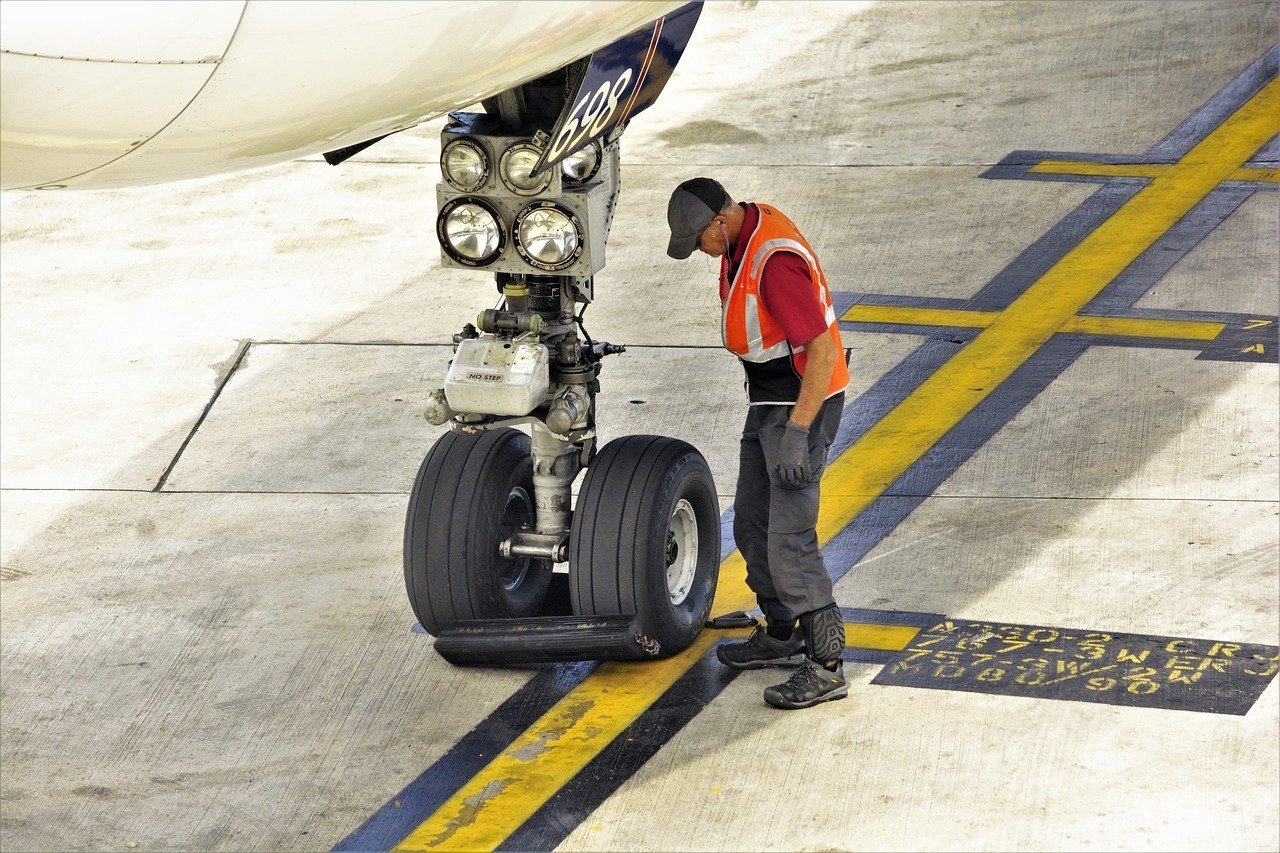
Aircraft maintenance checks are essential for ensuring the safety and efficiency of every flight. But what exactly happens during these checks? In this post, we'll explore 15 intriguing facts about aircraft maintenance checks that will give you a better understanding of the behind-the-scenes work that keeps planes in the sky. From routine inspections to major overhauls, these checks are meticulously planned and executed by skilled technicians. Did you know that some checks can take up to a month to complete? Or that there are different levels of checks, each with its own set of tasks? Buckle up as we dive into the world of aircraft maintenance and uncover the fascinating details that keep air travel safe and reliable.
Key Takeaways:
- Regular aircraft maintenance checks are crucial for safety and efficiency. They come in four types, each with different intervals and levels of detail.
- Technology and skilled technicians play vital roles in modern aircraft maintenance, ensuring safety and reliability for air travel.
What Are Aircraft Maintenance Checks?
Aircraft maintenance checks are essential for ensuring the safety and efficiency of airplanes. These checks are performed at various intervals and cover different aspects of the aircraft. Let's dive into some fascinating facts about these crucial procedures.
-
Types of Checks: There are four main types of aircraft maintenance checks: A, B, C, and D checks. Each type varies in complexity and frequency.
-
A Check: This is the least invasive type of check, performed every 400-600 flight hours or 200-300 cycles. It includes basic inspections like checking fluid levels and minor system checks.
-
B Check: Conducted every 6-8 months, B checks are more detailed than A checks. They involve more thorough inspections of the aircraft's systems and components.
-
C Check: This check is performed every 20-24 months. It requires a significant portion of the aircraft to be disassembled for detailed inspections and repairs.
-
D Check: Known as the "heavy maintenance visit," this check occurs every 6-10 years. It involves a complete teardown of the aircraft, making it the most comprehensive and time-consuming check.
Importance of Regular Maintenance
Regular maintenance checks are vital for the longevity and safety of aircraft. They help identify potential issues before they become serious problems.
-
Safety First: Regular checks ensure that all parts of the aircraft are functioning correctly, reducing the risk of accidents.
-
Compliance with Regulations: Airlines must comply with aviation regulations, which mandate regular maintenance checks to ensure safety standards are met.
-
Cost Efficiency: Identifying and fixing minor issues during regular checks can prevent costly repairs down the line.
-
Passenger Confidence: Regular maintenance boosts passenger confidence, knowing that the aircraft they are flying in is well-maintained and safe.
The Role of Technology in Maintenance
Advancements in technology have significantly improved the efficiency and accuracy of aircraft maintenance checks.
-
Digital Inspections: Modern aircraft use digital inspection tools that provide real-time data, making it easier to identify and address issues quickly.
-
Predictive Maintenance: Predictive maintenance uses data analytics to predict potential failures before they occur, allowing for proactive maintenance.
-
Drones for Inspections: Some airlines use drones to perform visual inspections of hard-to-reach areas, reducing the time and effort required for these checks.
The Human Element in Aircraft Maintenance
Despite technological advancements, human expertise remains crucial in aircraft maintenance.
-
Skilled Technicians: Aircraft maintenance requires highly skilled technicians who are trained to handle complex systems and components.
-
Continuous Training: Technicians undergo continuous training to stay updated with the latest technologies and maintenance practices.
-
Attention to Detail: The meticulous attention to detail by maintenance crews ensures that no issue, no matter how small, goes unnoticed.
Aircraft maintenance checks are a blend of routine inspections, advanced technology, and skilled human intervention, all working together to ensure the safety and efficiency of air travel.
Keeping Aircraft Safe and Sound
Aircraft maintenance checks are crucial for ensuring the safety and reliability of every flight. These checks, ranging from daily inspections to comprehensive overhauls, keep planes in top-notch condition. Regular maintenance helps identify potential issues before they become serious problems, ensuring passengers and crew can travel with peace of mind.
Technicians follow strict guidelines and use advanced technology to perform these checks, making sure nothing is overlooked. From checking the engines to inspecting the landing gear, every part of the aircraft gets the attention it needs. This meticulous process not only extends the lifespan of the aircraft but also enhances its performance and efficiency.
Understanding the importance of these maintenance checks highlights the dedication and expertise required to keep the skies safe. Next time you board a plane, remember the unseen efforts that go into making your journey smooth and secure. Safe travels!
Frequently Asked Questions
Was this page helpful?
Our commitment to delivering trustworthy and engaging content is at the heart of what we do. Each fact on our site is contributed by real users like you, bringing a wealth of diverse insights and information. To ensure the highest standards of accuracy and reliability, our dedicated editors meticulously review each submission. This process guarantees that the facts we share are not only fascinating but also credible. Trust in our commitment to quality and authenticity as you explore and learn with us.


